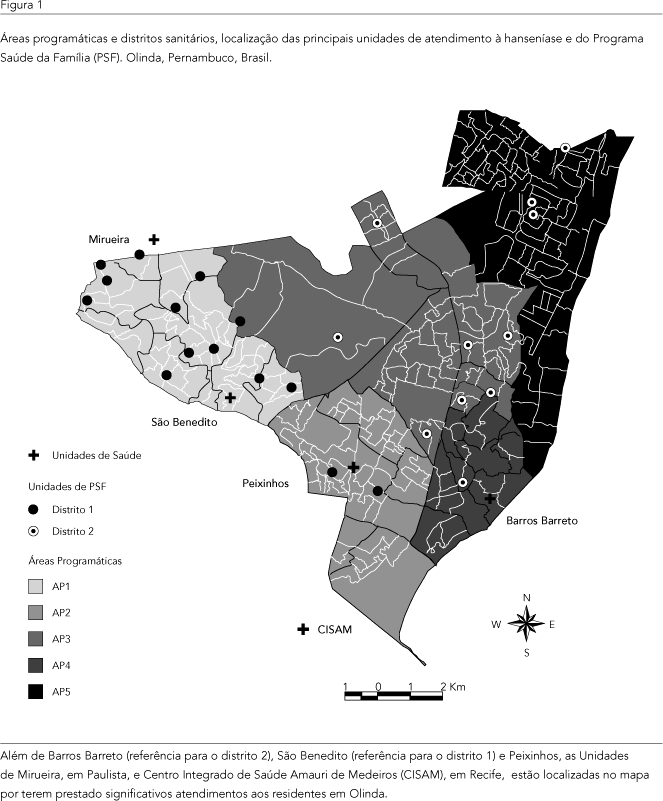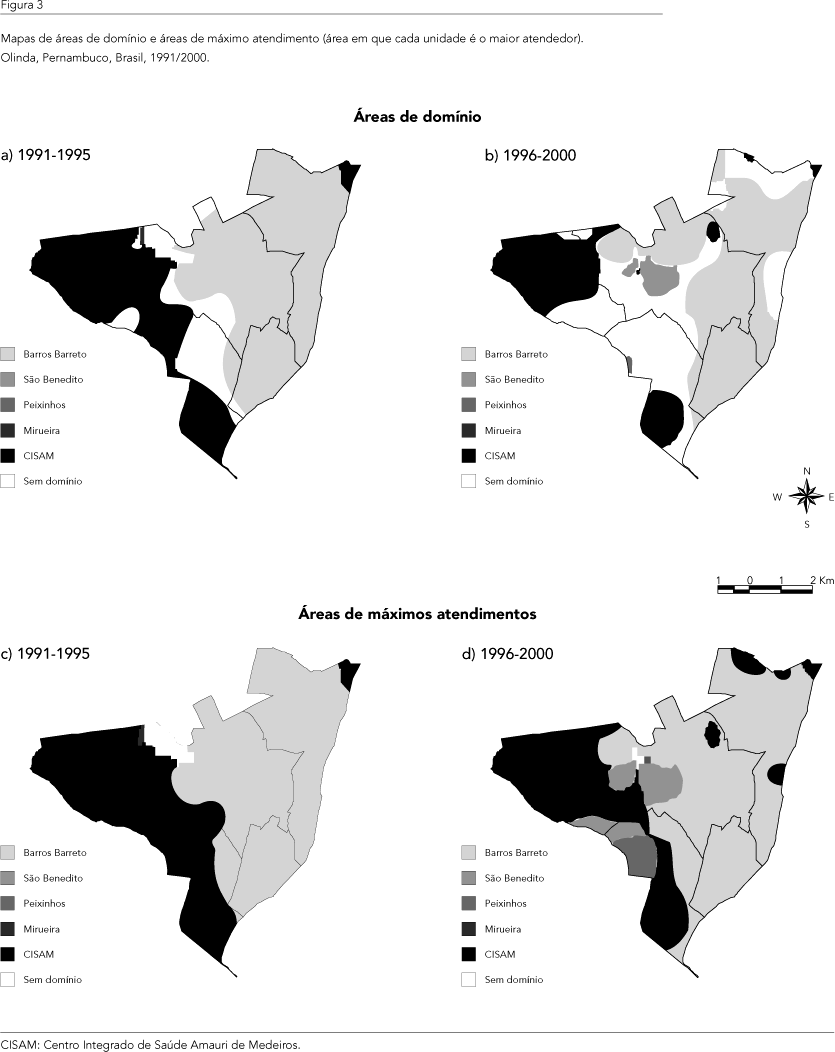Hansen disease or leprosy is a major endemic disease in Brazil. Well-designed strategies, including decentralization of basic care, are needed to reduce its prevalence. The article begins by describing the structure and supply of services for treating leprosy cases in the country, after which it analyzes the trends in epidemiological and operational indicators, comparing the periods before and after decentralization of services to the municipal (local) level. Finally, spatial analysis allowed identifying the territorial distribution of this endemic and analyzing the pattern of geographic areas according to care provided by health facilities and its evolution. Based on the location of the geographic centers in the census tracts by place of residence, and using spatial smoothing technique based on Kernel estimation, the study constructed domain areas of care for each health facility or unit. Following municipalization of care, there was an increase in the detection and treatment by the municipalities themselves, reducing patient evasion to neighboring counties and causing changes in demand trends, with an increase in use of services by the clientele and important alterations in the epidemiological and operational indicators.
Leprosy; Spatial Analysis; Health Services Accessibility





